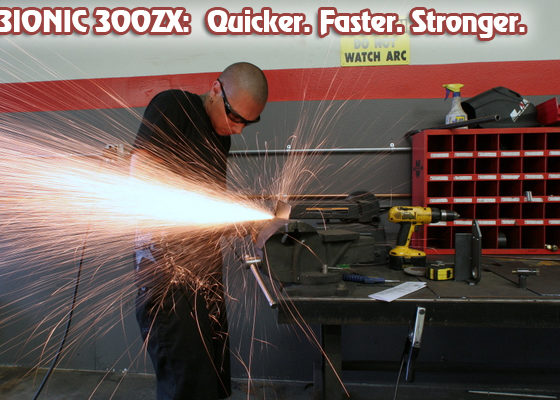,
How does an O2 sensor work?
For us to understand the significance of the differences between a wideband O2 sensor that the new generation of air fuel ratio meters use and a conventional old school narrowband O2 sensor that many inferior air fuel ratio meters use, we need to understand the basics of how they work. In a car, the ECU depends on the feedback of the O2 sensor to help control the air fuel ratio. The O2 sensors job is to look at the exhaust gas, determine what the chemical air fuel ratio is and to turn it into electrical voltage variations, something a computer like the cars ECU can understand to adjust the engines mixture. The O2 sensor came into use at the advent of the catalytic converter in the mid to late seventies. Catalytic converters work best over a narrow range of mixture ratio around the 14.7:1 stoichiometric point. O2 sensors were used to help provide electronic feedback to the engines electronic control unit to help it keep the engine at a mixture ratio of 14.7:1 at whatever operation points it could tolerate it. This was a great help in getting the catalytic converter work the most efficiently.
With cars equipped with old narrow band O2 sensors (this is most cars made up to the year 2002) the ECU only had active feedback based control of the air fuel ratio under the conditions where the engine would be operating under stoichiometric conditions. A stoichiometric condition is one where all of the fuel and all of the oxygen in the air are consumed in a perfectly chemically balanced reaction which ends up being 14.7 parts of air to one part of fuel. This air fuel ratio is fine for cruising and at light throttle but for more power at ranges form intermediate to wide open throttle; engines require a richer mixture than this. This ends up being anywhere from 13.5:1 for a finely tuned naturally aspirated engine to 10.5:1 for a turbo engine trying to run maximum boost on 91 octane pump fuel.
 |
| A Zirconia Dioxide oxygen sensor works as a chemical electrical power generator |
The most common old school narrowband oxygen sensor is the zirconium dioxide, or zirconia sensor. It works as a chemical electrical power generator, like a small battery. The O2 sensor uses the electrical potential differences between the exhaust gasses and the outside ambient air to generate a small electrical current. The sensing element is made of a porous zirconium dioxide ceramic mixture sandwiched between thin layers of platinum. The inside platinum layer is in a chamber exposed to outside ambient air while the outside layer is exposed to the exhaust gas. The potential difference between the two platinum layers is what generates the electrical current. This device is called a Nernst cell.
The sensor does not begin to generate its full output until it reaches about 600 degrees F. Prior to this time the sensor is not operational. Below its operational temperature, the sensor acts as if the circuit between the sensor and the ECU is open.



